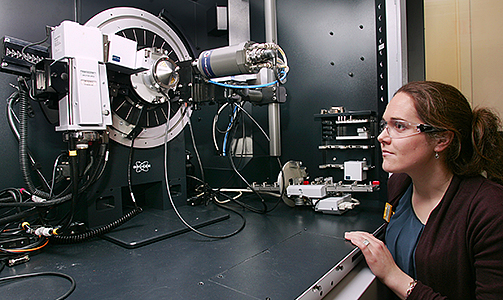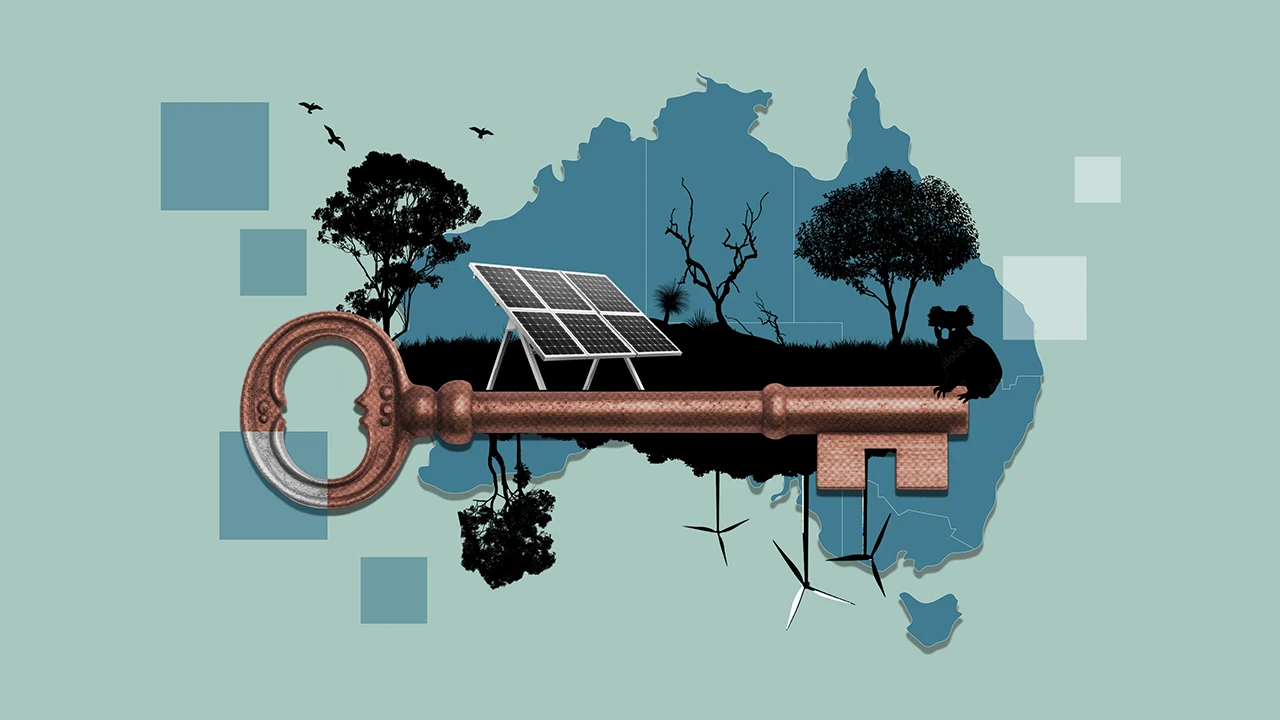Princeton E-ffiliates Partnership funds sustainable energy research
By
on
Increasing the reliability of New Jersey’s emerging solar power network and improving the durability of an environmentally-friendly type of concrete are among the research projects awarded funding this year by the Princeton E-ffiliates Partnership.
E-ffiliates brings together industry and university researchers to tackle problems related to energy and the environment. This year’s grants, awarded after a review of proposals submitted by faculty and industry researchers, totaled $305,600.
“This year’s recipients have effectively leveraged the experiences of their industrial partners to pursue the development of solutions that can sustainably address our energy needs,” said Lynn Loo, the Theodora D. ’78 and William H. Walton III ’74 Professor in Engineering and the associate director for external partnerships of the Andlinger Center for Energy and the Environment. “From developing green cement technologies to understanding how distributed energy penetrates our energy markets, these projects represent the best of industrial-academic partnerships.”
ENERGY STORAGE FOR SOLAR POWER
The volatility of solar power, which fluctuates according to the availability of sunlight, is one of the greatest challenges facing the expansion of the energy source. For states like New Jersey, which lack access to other sources of renewable energy such as wind or hydropower, finding a way to level the current highs and lows of solar energy supplies is a critical goal.
A team led by Warren Powell, a professor of operations research and financial engineering, will use its grant to investigate the expected dynamics of the New Jersey electricity grid when a high level of solar energy is added to the current mix of sources. The study will examine a network configuration that includes conventional power generation as well as battery storage using a variety of battery chemistries designed for specific needs.
“Unlike non-renewable energy sources, solar power supplies can fluctuate greatly, so the state needs to learn how to blend renewables with the entire portfolio of generators, storage devices, and demand response markets,” Powell said. “We need to better understand how much energy from renewables the grid can handle, and identify the barriers to growth so we can invest in the best solutions.”
The research team, which also includes Daniel Steingart, an assistant professor of mechanical and aerospace engineering and the Andlinger Center for Energy and the Environment, and Robert Socolow, an emeritus professor of mechanical and aerospace engineering, anticipates that the work will help guide battery research by identifying the economic value of different battery types. It will also use models to provide guidance to policy makers by examining the dynamics of the electricity grid to identify bottlenecks and quantify the costs of increasing solar penetration. The researchers also expect that the analyses will better frame the design for energy storage across the electricity grid.
A NEW CONCRETE

The manufacture of Portland cement, the key binding agent in concrete, produces a significant amount of greenhouse gases worldwide. A sustainable alternative material, geopolymer cement, produces far less carbon emissions in its manufacture, but there are technical hurdles that must be overcome before its use can become widespread.
Claire White, an assistant professor of civil and environmental engineering and the Andlinger Center for Energy and the Environment, will lead a team investigating how to avoid the development of tiny cracks in slag-based geopolymer concrete. These cracks, which reduce the cement’s durability, are one of the most significant problems for alternative cements.
“Not many people know that concrete is the second-most used resource worldwide after water and that the cement industry is responsible for five to eight percent of anthropogenic CO2 emissions,” White said. “The sustainable cements we are working on reduce CO2 emissions by 80 to 90 percent while producing a product that looks like concrete and performs the same. Our research is addressing the need to understand how these new sustainable cements will behave over the next 50 years, so that they can be successfully implemented in the construction industry.”
The researchers, including White, Satish Myneni, an associate professor of geosciences, and Jeffrey Fitts, a research scholar in civil and environmental engineering, will work with the Zeobond geopolymer concrete company to develop a new type of geopolymer cement by tailoring gel chemistry and additives that limit the formation and propagation of the cracks. To perform the research, the team plans to use a combination of X-ray scattering and electron imaging at extremely small scales (from atoms to microns) to learn the causes of microcracking and to design methods to mitigate the problem.
NEW GENERATION AND THE ELECTRICITY GRID
As distributed power generation, such as homeowners’ solar panels, becomes more widespread, it raises questions about the future maintenance and expansion of the electricity grid. Currently, distributed generation owners are paid at the regulated retail rate, which has repercussions for organizations that maintain the wires and other physical components that make up the electricity grid.
Amy Craft, an energy economist at the Woodrow Wilson School, will lead an effort to assess the costs and benefits of distributed generation in comparison with centralized power. The project will also examine alternative regulatory frameworks for the electricity grid. Craft will conduct the research with Scott Jennings, a vice president at PSEG and visiting associate professional specialist at the Andlinger Center.
“The introduction of new types of distributed generation technologies, including renewables, is an exciting development,” Craft said. “But it has potentially negative implications on grid maintenance and expansion without a change in how consumers pay for their electricity. We want to examine who is negatively impacted and to what extent. We also are working to develop better rules and pricing schemes in light of increasing distributed generation on our grid.”
The E-ffiliates program was founded in 2011 and is administered by the Andlinger Center for Energy and the Environment in partnership with the Princeton Environmental Institute, the School of Architecture and the Woodrow Wilson School of Public and International Affairs. Member companies support and participate in research with faculty and students across campus.





